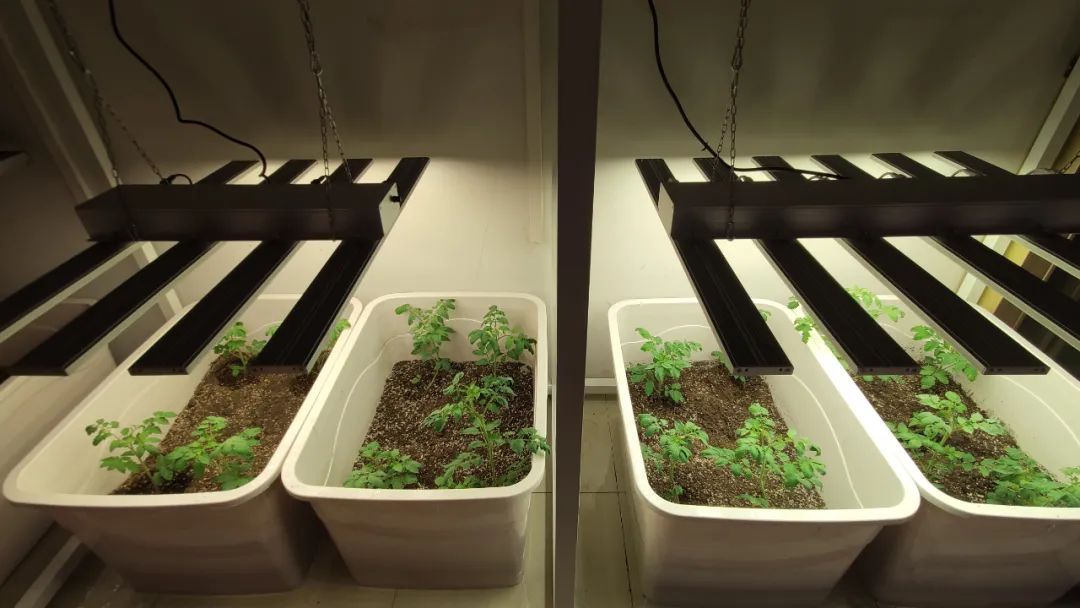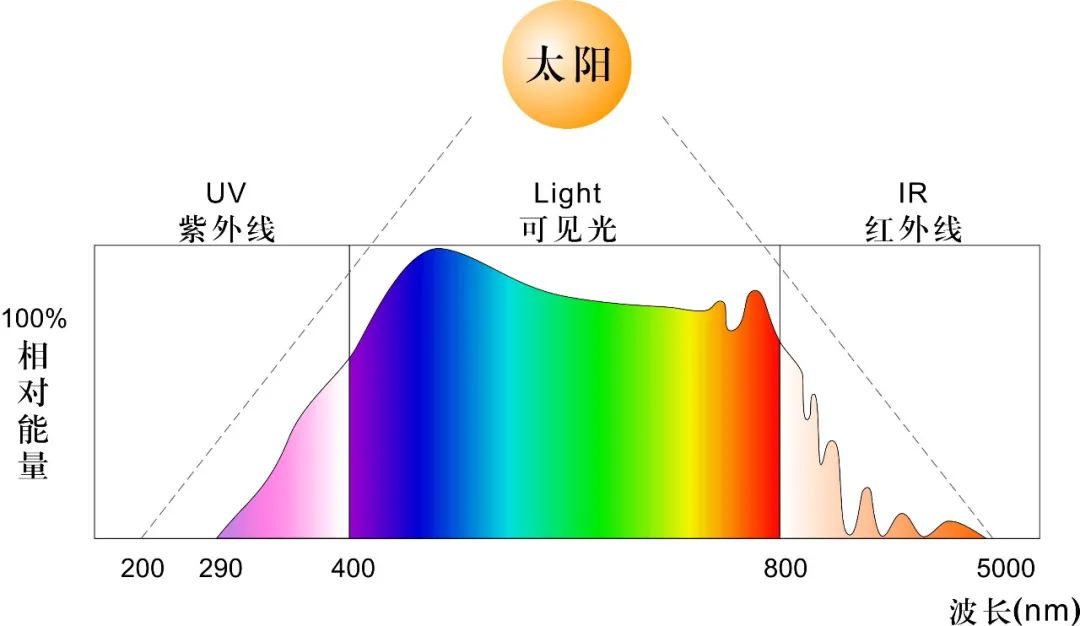We often receive calls from customers to inquire about the principles of greenhouse plant growth lights, supplementary light time, and the differences between LED plant growth lights and high-pressure mercury (sodium) lamps. Today, we will collect some answers to the main questions that customers are concerned about for your reference. If If you are interested in plant lighting and would like to further communicate with Wei Zhaoye Optoelectronics, please leave a message or call us.
The necessity of supplementary lighting in greenhouses
In recent years, with the accumulation and maturity of knowledge and technology, plant growth lights, which have always been regarded as a symbol of high-tech modern agriculture in China, have gradually entered people’s field of vision. With the deepening of spectral research, it has been discovered that light in different wavelength bands has different effects on plants at various growth stages. The purpose of lighting inside a greenhouse is to extend enough light intensity throughout the day. Mainly used for planting vegetables, roses and even chrysanthemum seedlings in late autumn and winter.
On cloudy and low light intensity days, artificial lighting is a must. Give crops at least 8 hours of light per day at night, and the light time should be fixed every day. But lack of night rest can also lead to plant growth disorders and reduced yields. Under fixed environmental conditions such as carbon dioxide, water, nutrients, temperature and humidity, the size of the “photosynthetic flux density PPFD” between the light saturation point and the light compensation point of a specific plant directly determines the relative growth rate of the plant. Therefore, an efficient light source PPFD Combination is the key to plant factory productivity.
Light is a kind of electromagnetic radiation. The light that the human eye can see is called visible light, ranging from 380nm to 780nm, and the light color ranges from purple to red. Invisible light includes ultraviolet light and infrared light. Photometry and colorimetry units are used to measure the properties of light. Light has both quantitative and qualitative attributes. The former is light intensity and photoperiod, and the latter is light quality or light harmonic energy distribution. At the same time, light has particle properties and wave properties, that is, wave-particle duality. Light has visual properties and energy properties. Basic measurement methods in photometry and colorimetry. ① Luminous flux, unit lumens lm, refers to the sum of the amount of light emitted by a luminous body or light source in a unit time, that is, luminous flux. ②Light intensity: symbol I, unit candela cd, the luminous flux emitted by a luminous body or light source within a single solid angle in a specific direction. ③Illuminance: Symbol E, unit lux lm/m2, the luminous flux illuminated by the luminous body on the unit area of the illuminated object. ④Brightness: Symbol L, unit Nitr, cd/m2, luminous flux of a luminous object in a specific direction, unit solid angle, unit area. ⑤Luminous efficiency: Unit is lumens per watt, lm/W. The ability of an electric light source to convert electrical energy into light is expressed by dividing the emitted luminous flux by the power consumption. ⑥Lamp efficiency: Also called light output coefficient, it is an important standard for measuring the energy efficiency of lamps. It is the ratio between the light energy output by the lamp and the light energy output by the light source inside the lamp. ⑦Average life span: unit hour, refers to the number of hours when 50% of a batch of bulbs are damaged. ⑧Economic life: unit hour, taking into account the damage of the lamp and the attenuation of the beam output, the comprehensive beam output is reduced to a specific number of hours. This ratio is 70% for outdoor light sources and 80% for indoor light sources such as fluorescent lamps. ⑨ Color temperature: When the color of the light emitted by the light source is the same as the color of the light radiated by the black body at a certain temperature, the temperature of the black body is called the color temperature of the light source. The color temperature of the light source is different, and the light color is also different. A color temperature below 3300K has a stable atmosphere and a warm feeling; a color temperature between 3000 and 5000K is an intermediate color temperature, which has a refreshing feeling; a color temperature above 5000K has a cold feeling. ⑩Color temperature and color rendering: The color rendering of a light source is indicated by the color rendering index, which indicates that the color deviation of an object under light compared with the color of the reference light (sunlight) can more fully reflect the color characteristics of the light source.

Arrangement of fill light time
1. As supplementary lighting, it can enhance lighting at any time of the day and extend the effective lighting time.
2. Whether at dusk or night, it can effectively extend and scientifically control the light needed by plants.
3. In greenhouses or plant laboratories, it can completely replace natural light and promote plant growth.
4. Completely solve the situation of depending on the weather during the seedling cultivation stage, and arrange the time reasonably according to the delivery date of the seedlings.
Plant growth light selection
Only by scientifically selecting light sources can we better control the speed and quality of plant growth. When using artificial light sources, we must choose natural light that is closest to meeting the photosynthesis conditions of plants. Measure the photosynthetic light flux density PPFD (Photosynthetic PhotonFlux Density) produced by the light source on the plant to grasp the rate of photosynthesis of the plant and the efficiency of the light source. The amount of photosynthetically effective photons initiates the photosynthesis of the plant in the chloroplast: including light reaction and subsequent dark reaction.
Plant growth lights should have the following characteristics
1. Convert electrical energy into radiant energy efficiently.
2. Achieve high radiation intensity within the effective range of photosynthesis, especially low infrared radiation (thermal radiation)
3. The radiation spectrum of the light bulb meets the physiological requirements of plants, especially in the effective spectral region for photosynthesis.
Principle of plant fill light
LED plant fill light is a type of plant lamp. It uses light-emitting diodes (LEDs) as the light source and uses light instead of sunlight to create an environment for plant growth and development according to the laws of plant growth. LED plant lights help shorten the growth cycle of plants. The light source is mainly composed of red and blue light sources. It uses the most sensitive light band of plants. The red light wavelength uses 630nm and 640~660nm, and the blue light wavelength uses 450~460nm and 460~470nm. These light sources can allow plants to produce optimal photosynthesis, allowing plants to achieve optimal growth. Light environment is one of the important physical environmental factors indispensable for plant growth and development. Controlling plant morphology through light quality adjustment is an important technology in the field of facility cultivation.
Post time: Mar-18-2024






